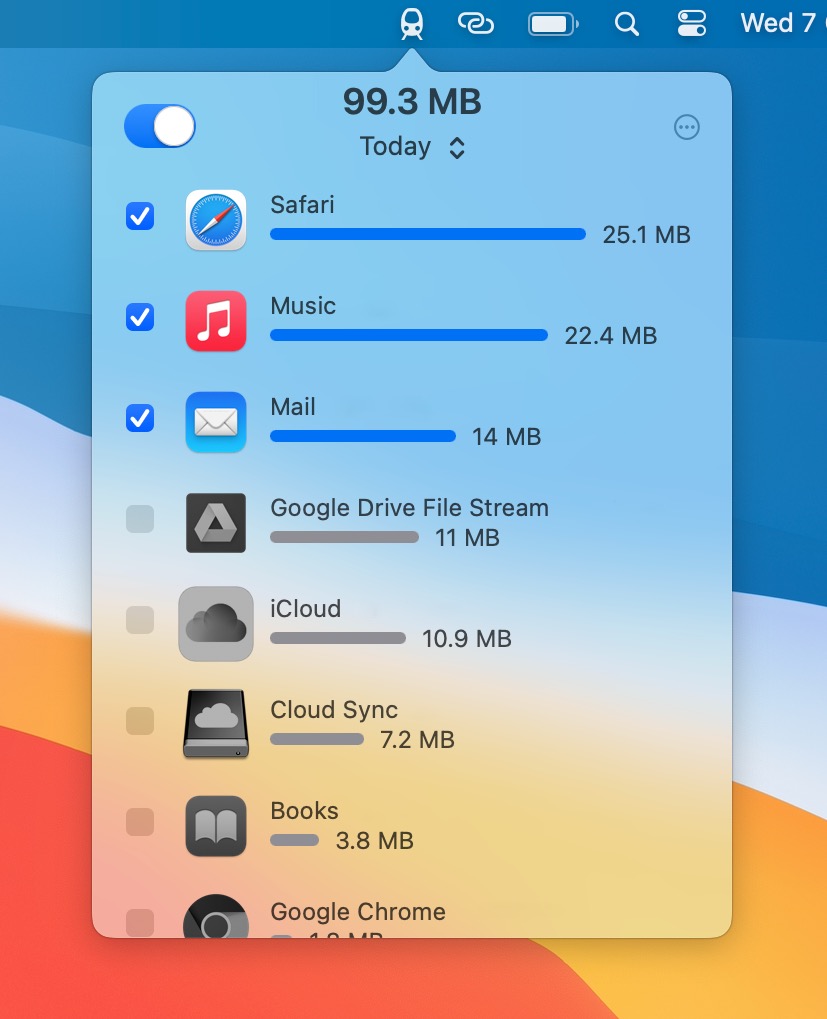

Accordingly, the climate protection scenario uses hydrogen only in the steel industry for the direct reduction of iron (21 TWh). The scenario does not include hydrogen technologies for heat supply. The results show that despite high costs, synthetic fuels are crucial for defossilization as a fall back option in the industrial scenario considering high climate ambition. Due to technical restrictions, the model mainly uses synthetic methane instead of hydrogen (134 TWh). This means that the GHG abatement achieved in industry is within the range of the targeted CO2 mitigation of the overall system in Germany of between 80 and 95% in 2050 compared to 1990. The model uses a total of 163 TWh of synthetic fuels in the climate protection scenario and thus achieves an 88% decrease in CO2 emissions in 2050 compared to 1990. The industrial CO2 target in the model makes it necessary to replace CO2 -intensive fossil with renewable fuels. The results indicate that the use of synthetic fuels can be expected with a high level of climate protection. Sector Model Industry is an energy consumption model that performs discrete, deterministic energy and emission dynamic calculations with a time horizon up to 2050 at macroeconomic level. As the main research object, the role of synthetic fuels in industrial transformation paths is investigated and analyzed by combining individual greenhouse gas abatement measures within the Sector Model Industry. In order to achieve the national climate goals, the fossil energy consumption remaining after the implementation of efficiency and sufficiency measures, as well as direct electrification has to be substituted through hydrogen and synthetic gaseous, liquid and solid hydrocarbons. In this context, there are several industrial processes, where the direct and indirect use of electricity is subject to technical restrictions. The approach is validated using national travel surveys of Germany, Switzerland, UK and US, spanning over five decades to 2018.Įspecially, the electrification of the industry sector is highly complex and challenging, mainly due to process-specific requirements. The basic hypothesis and the related verifications is shown on all modal combinations of daily mobility with a median R ² of around 0.8. The approach shows that travel time and distance are consistently inversely proportional and limited by the physiological power consumption. The approach is described in its most basic and fundamental form, but opens up perspectives for new applications and analyses approaches to transport modelling, planning and appraisals. Explicit formulas for the distribution within each travel mode are developed and the concept is also shown to apply to multi-modal mobility. The energy is related firstly to the average values of travel modes. A simple underlying mechanism of human mobility is presented based on the human energy expended. The overall objective of this paper is to relate mobility behaviour based on measurable entities of travel time and distance and the entities of speed. Human mobility modelling is currently described mainly through socio-economic variables, such as travel time, travel costs, income and car-ownership. The movement of people has led to several challenges in terms of traffic congestion, energy consumption, emissions and climate change.


 0 kommentar(er)
0 kommentar(er)
